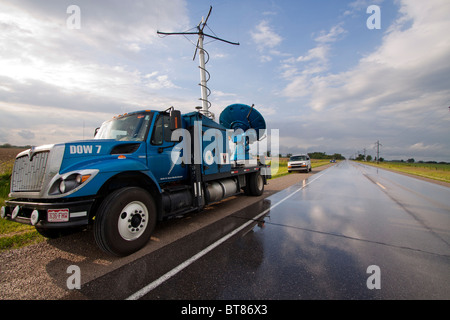

Saylorville Lake, located just north of the city (and less than a mile from the NWS office), is also a popular destination for water sports and birding. The Des Moines area offers countless parks and trails with opportunities for camping, hiking, biking, fishing, and other outdoor activities. Marvin Percha - Observation Program Leader.Darren Gregory - Electronics System Analyst.Jessica Tweedt - Administrative Support Assistant.Shane Searcy - Information Technology Officer.

Mike Fowle - Science and Operations Officer.Chad Hahn - Warning Coordination Meteorologist.Donna Dubberke - Meteorologist-in-Charge.Our office maintains close involvement with local scientific organizations (such as the National Weather Association and various groups affiliated with Iowa State University), media outlets, and law enforcement and emergency management personnel (including the state emergency operations center). We also maintain an active public outreach program, including cooperative weather observers, trained storm spotters, and CoCoRAHS observers, as well as interacting with the general public at local events. Our equipment includes a WSR-88D Doppler radar, 14 NOAA Weather Radio transmitters, and dozens of river gauges and automated surface observation sites. We have 24 staff members, including ten full-time forecasters and four data acquisition personnel. We also issue terminal aerodrome forecasts for five local airports, fire weather forecasts for government and commercial interests, and have a full-service hydrology program. Our office collects weather observations and issues public forecasts, watches, warnings, advisories, and other weather-related products for 51 counties in central Iowa. NWS Des Moines area of responsibility (County Warning Area) The NWS Warning and Forecast Office (WFO) Des Moines serves the central half of Iowa, providing warnings, watches, and forecasts for the protection of life and property per our Mission Statement. The NWS Office (between radar and lake) and WSR-88D radar in Johnston with Saylorville Lake in the background.

The History of Weather Observations in Des Moines (PDF, 5.4mb)Ĭlick image to view a larger version and caption All of these improvements have enabled the NWS to produce higher quality forecasts and alert those in the path of dangerous weather with greater lead time. The last two decades have also witnessed major advances to computer model forecasts. The installation of new surface observation sites and river gauges across state, many of which are owned by state, private, or other federal agencies, helps forecasters identify smaller scale weather phenomena that might be missed otherwise. Along with AWIPS came GFE (the Graphical Forecast Editor), a computer program designed for the production of gridded (graphical) forecasts.
#DOPPLER RADAR DES MOINES UPGRADE#
The AWIPS (Advanced Weather Interactive Processing System) computer system became operational in the late 1990s and received a major upgrade to AWIPS II in late 2012, allowing for the viewing of a wide range of weather data, ranging from satellite imagery to computer models, in a single interface. In 1994, the NWS in Des Moines received a WSR-88D Doppler Radar, which enables forecasters to better interrogate thunderstorms and determine their severity. The last 20 years have seen a plethora of technological upgrades that have greatly benefited the NWS. On September 1st, 1993 the office moved to its current location at 9607 Northwest Beaver Drive in Johnston, on the northwestern edge of the Des Moines metro area. Department of Commerce was reorganized, and the Weather Bureau officially became the National Weather Service (NWS) on October 3rd, moving under the jurisdiction of the National Oceanic and Atmospheric Administration (NOAA). On October 16th, 1950 the office moved to the second floor of the Des Moines Airport Terminals near the corner of Army Post Road and Fleur Drive, where it would remain for more than 40 years. Courthouse was completed on the southeast corner of East First and Walnut streets in 1929, the Weather Bureau moved into rooms 400-404 on October 1st of that year. Courthouse and Post Office on the northeast corner of Fifth and Court streets. On January 1st, 1887 the office moved to the four-story Clapp Block building on the southwest corner of Fifth and Walnut streets, and on April 1st, 1889 moved again to the fourth floor of the U.S. The Iowa State Director of Weather and Chief Meteorologist at the time was Dr. McCaine Block, which was located on the northeast corner of Sixth and Walnut streets. The first weather office opened in the northwest room of a two story building known as the George D. Official weather observations in Des Moines began on August 1st, 1878, when the Weather Bureau was part of the U.S.


 0 kommentar(er)
0 kommentar(er)
